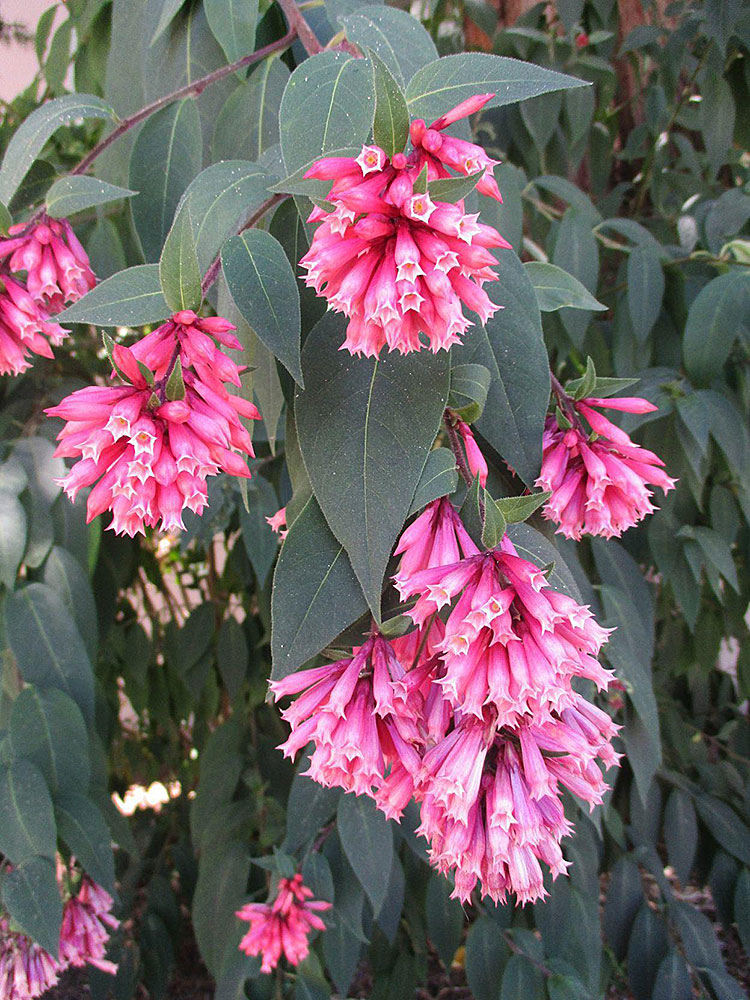Are warm season annuals really the most colorful flowers for summer? Perhaps. They have their limits though. They are also very demanding. They need to be watered very regularly, and should probably be fertilized too. Many need to be deadheaded frequently. After all that, they are only temporary, and will get replaced with cool season annuals in autumn. Perennials are more practical.
Lily-of-the-Nile is likely the most common and most familiar of blooming summer perennials. It is a shame that it blooms only once. Bloom is usually in time for the Fourth of July, and lasts a good long time, but is already fading. Deadheading as the blue or white color is eventually exhausted will not promote subsequent bloom, but will keep the evergreen foliage looking tidy until next year.
Daylily might be the second most popular of summer perennials. Some of the older types bloom only once like lily-of-the-Nile, but various cultivars bloom at various times to prolong the season if a few are grown together in the same garden. The most popular modern cultivars probably bloomed earlier, and will bloom again, perhaps with little time in between. The color range is extensive.
Penstemon are not committed to their natural schedule of blooming in late spring and again in autumn. A good pruning at the end of winter eliminates tired old foliage, and enhances and delays bloom until summer, without compromising the later autumn bloom. Like daylily, a few different varieties of penstemon in the same garden prolong bloom, which can be white, pink, red or purple.
Salvias are a big group of summer perennials that really should be more popular than they are. Some are native. Others are from other chaparral climates. Naturally, they are right at home here. Many bloom about now, and some will bloom again in autumn if deadheaded or pruned back. What they lack in flashy color, they compensate for in resiliency and reliability. They really are tough.
This is by no means a complete list of summer perennials. It does not even include the perennial daisies such as coneflower, black-eyed Susan and gaillardia.
Highlight: It is gratifying to see renewed interest in this old fashioned flower. Naturally occurring varieties of some of the nearly three dozen species of Iochroma were popular decades ago. Some might actually be naturally occurring hybrids that have yet to be identified. Many modern cultivars (cultivated varieties) were intentionally bred or hybridized for more compact growth and profuse bloom.
Old-fashioned varieties of Iochroma are occasionally seen as large rampant shrubbery or even small trees in old established landscapes. Modern cultivars are more compact and manageable. For the fullest and most vigorous growth in summer, they can be pruned aggressively as winter ends, but should otherwise be pruned only for shape and confinement. They should never be shorn.
If Iochroma resembles angel’s trumpet, it is because they are related. The foliage is very similar, although the leaves are smaller. The narrowly tubular flowers are much smaller and clustered. The hummingbirds who like them so much do not even need to reach their beaks all the way in. Bloom is purple, blue, red, pink or maybe white or yellow. Iochroma happens to do well in partial shade.
•••
Horticulturist Tony Tomeo can be contacted at tonytomeo.com
